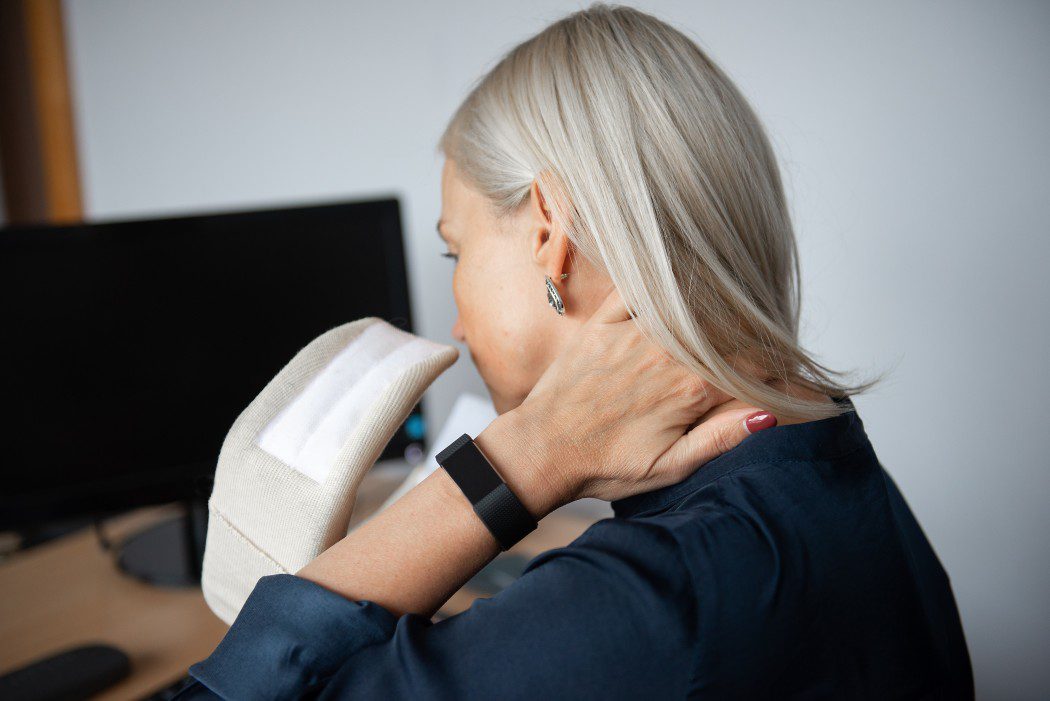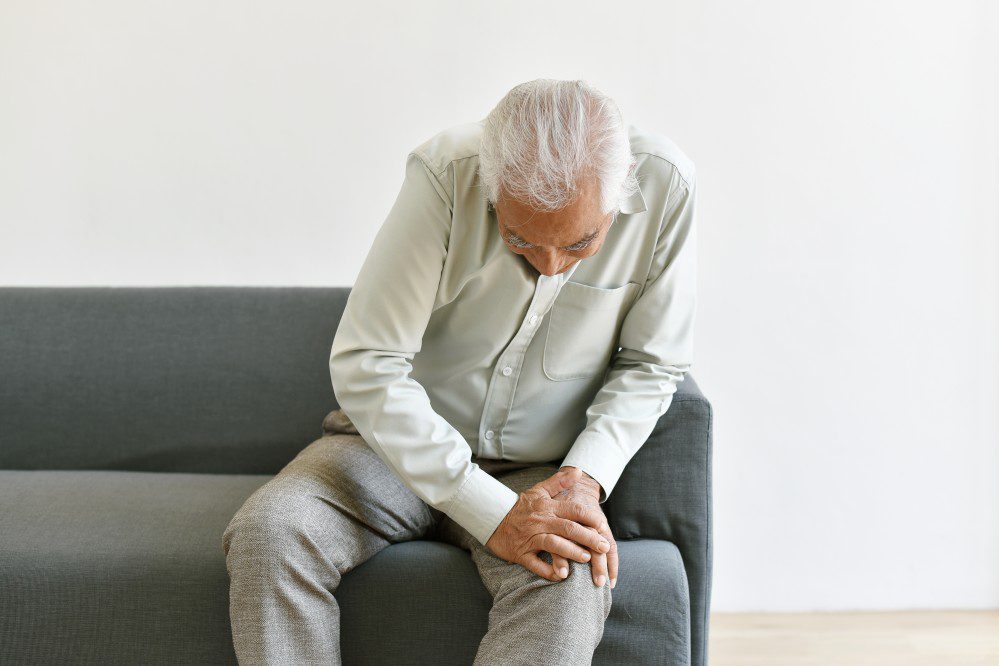
Neck Pain Treatments
Neck Pain Treatment Options
Causes
Symptoms
Treatment
Tips
Common Neck Pain Causes
The neck bears the head's weight, making it susceptible to various painful and mobility-limiting injuries and disorders. Factors that contribute to neck pain include:
- Muscle strains: They're often caused by overuse through engaging specific neck muscles like reading in bed.
- Nerve compression: Bone spurs or herniated discs in the cervical spine might press on spinal nerves that leave the spine.
- Injuries: Accidents can cause whiplash, which strains the neck's ligaments and muscles by jerking the head back and forth.
- Worn joints: With time, the neck's joints wear out like any other. Bone spurs occur due to this wear and tear, limiting joint mobility and increasing pain.
- Poor posture: Can cause muscle tightness in the neck and shoulders.
In addition to these, the following medical issues can also cause neck pain:
- Spondylosis/ osteoarthritis: Degeneration of the cervical discs due to ageing may close the spinal disc gap or stress your joints.
- Spinal stenosis: The spinal canal becomes too narrow, squeezing the spinal cord or nerve roots as they leave the spinal column.
- Herniated cervical disc: Occurs when a disc in the neck bulges outward due to trauma or injury putting pressure on the spinal cord or nerve roots.
- Rheumatoid arthritis: Causes discomfort, swelling of the joints, and bone spurs.
- Osteoporosis: Weakens bones and can lead to minor fractures.
- Fibromyalgia: Condition characterized by widespread musculoskeletal discomfort, especially in the shoulders and neck.
- Cancer
- Meningitis
Common Neck Pain Symptoms
The intensity and duration of neck pain symptoms might vary widely. Acute neck pain typically subsides within a week or two, but chronic pain can leave you unable to live your daily routine.
Rarely, neck pain can indicate a severe condition. See a doctor if your neck pain travels down your shoulder or arm or if your hand's tingle or feel weak.
Symptoms of neck pain can vary depending on the cause and severity of your injury. Some symptoms of neck pain include:
- Stiff neck. Decreased range of motion, i.e., inability to touch your chin to your chest
- Sharp pain that is confined to one spot.
- Pain when moving or twisting.
- Radiating pain, tingling, or numbness
- Headache (cervicogenic headache)
- Pain when palpated/ physically examined.
If a car accident, diving accident, or fall causes severe neck pain, seek immediate medical attention. Nerd's neck, a common cause of neck pain, is often the result of poor posture.
Some noticeable symptoms include:
- Thoracic kyphosis/ Slouching forward: caused by bending forward at the waist as if carrying a heavy object in one's hands.
- Swayback/ Leaning back: leaning back and pushing the upper back so the stomach shows.
- Lumbar lordosis/ Arching forward: Occurs when the center of the back is pulled forward, raising the lower back and buttocks.
Common Treatments For Neck Pain
After a comprehensive medical history and physical examination, your doctor may recommend one or more imaging treatments and tests to help diagnose your neck pain. Medical imaging includes X-rays, CT scans, MRIs, and electromyography.
A specialist may be recommended by your doctor based on the results. Neck pain treatments include:
- Postural fixes and posture correctors
- Nerve Flossing
- Myofascial release
- Ice and heat therapy
- neck collar/brace
- Physiotherapy, posture correctors, and painkillers (or medicines, if you have an infection), as necessary.
- corticosteroid injections
- Surgery, which is rarely necessary
Alternative therapies include:
- chiropractic treatment
- acupuncture
- massage
- transcutaneous electrical nerve stimulation (TENS)
Always consult a qualified medical expert before trying any of these techniques. You should not wear a collar or brace for your neck unless your medical professional advises it. Your condition may get even more severe if you don't take them exactly as prescribed.
At Atlas Pain Specialists, our speciality is identifying the root cause of your pain so that we can have an informed conversation about the best course of treatment, regardless of whether it is intermittent or chronic.
At-Home Treatment Tips For Your Neck Pain
Most cases of neck pain can be traced back to the cumulative effects of years of slouching and age-related wear and tear. Some minor tweaks in your daily routine may help reduce neck pain.
Consider trying to:
- Practice good posture.
- Sleep in a healthy position.
- Adjust your desk, chair, and computer to make the monitor eye-level.
- Take frequent breaks.
- Avoid carrying heavy shoulder bags.
- Stay active.
The following are some easy remedies for mild neck pain or stiffness:
- During the first several days, ice should be applied often. After that, try using a heating pad, hot compress, or a hot shower to bring relief.
- Avoid strenuous exercise, especially sports, for a few days. When symptoms subside, gradually increase activities.
- Change your posture frequently.
- Get your neck massaged gently.

Chronic Pain

Neck Pain
Ask us anything, or
schedule a same day
appointment.
